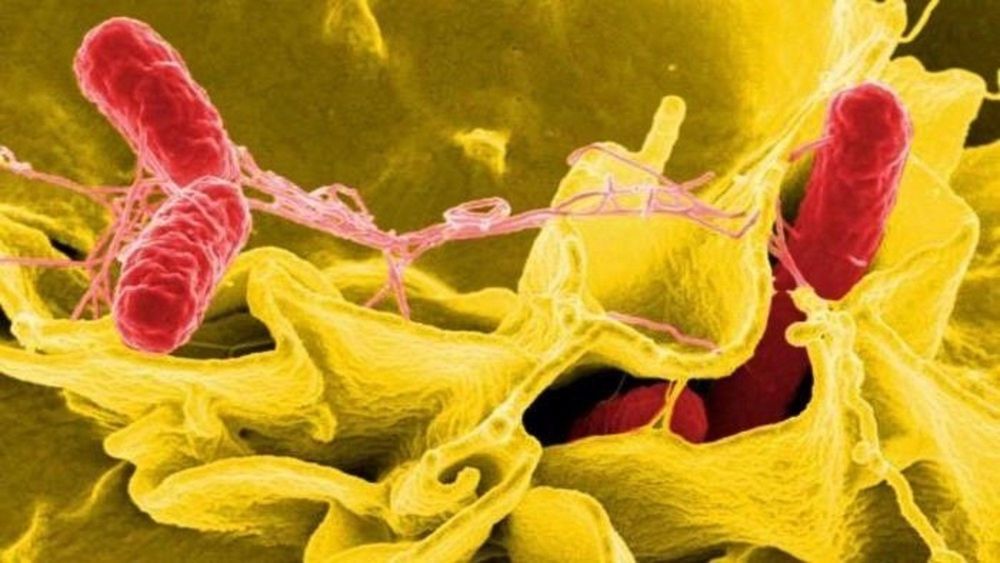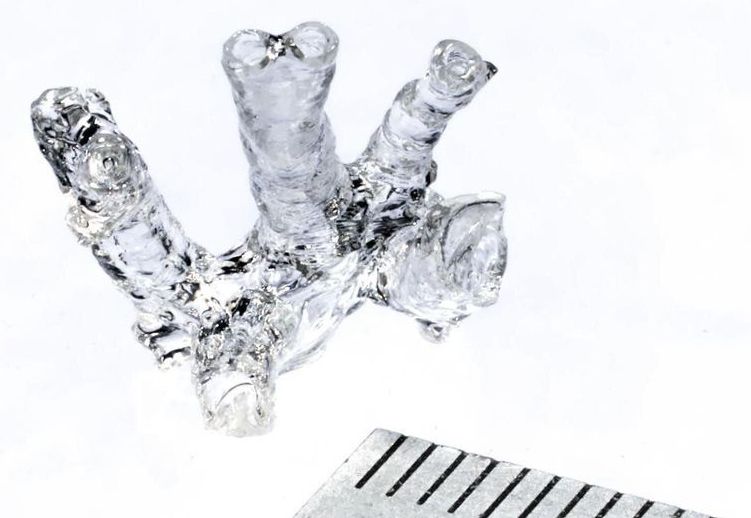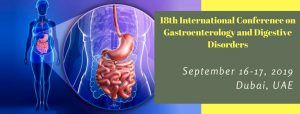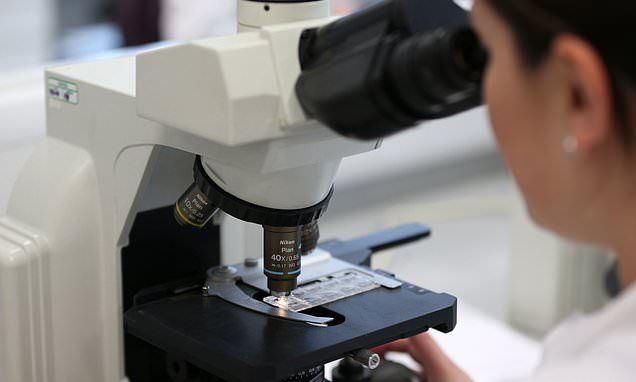The street performer was only 10 years old. He put knives through his arms and walked on hot embers. By 14 he was dead. Someone dared him to jump from a roof. He did it, knowing it wouldn’t hurt.
The case of the Pakistani boy with a rare genetic disorder was described in 2006. He could feel warmth and cold and the texture of objects. But he never felt pain.
Now scientists have paired the discovery with the gene-editing tool CRISPR, in what they say is a step toward a gene therapy that could block severe pain caused by diabetes, cancer, or car accidents without the addictive effects of opioids.







